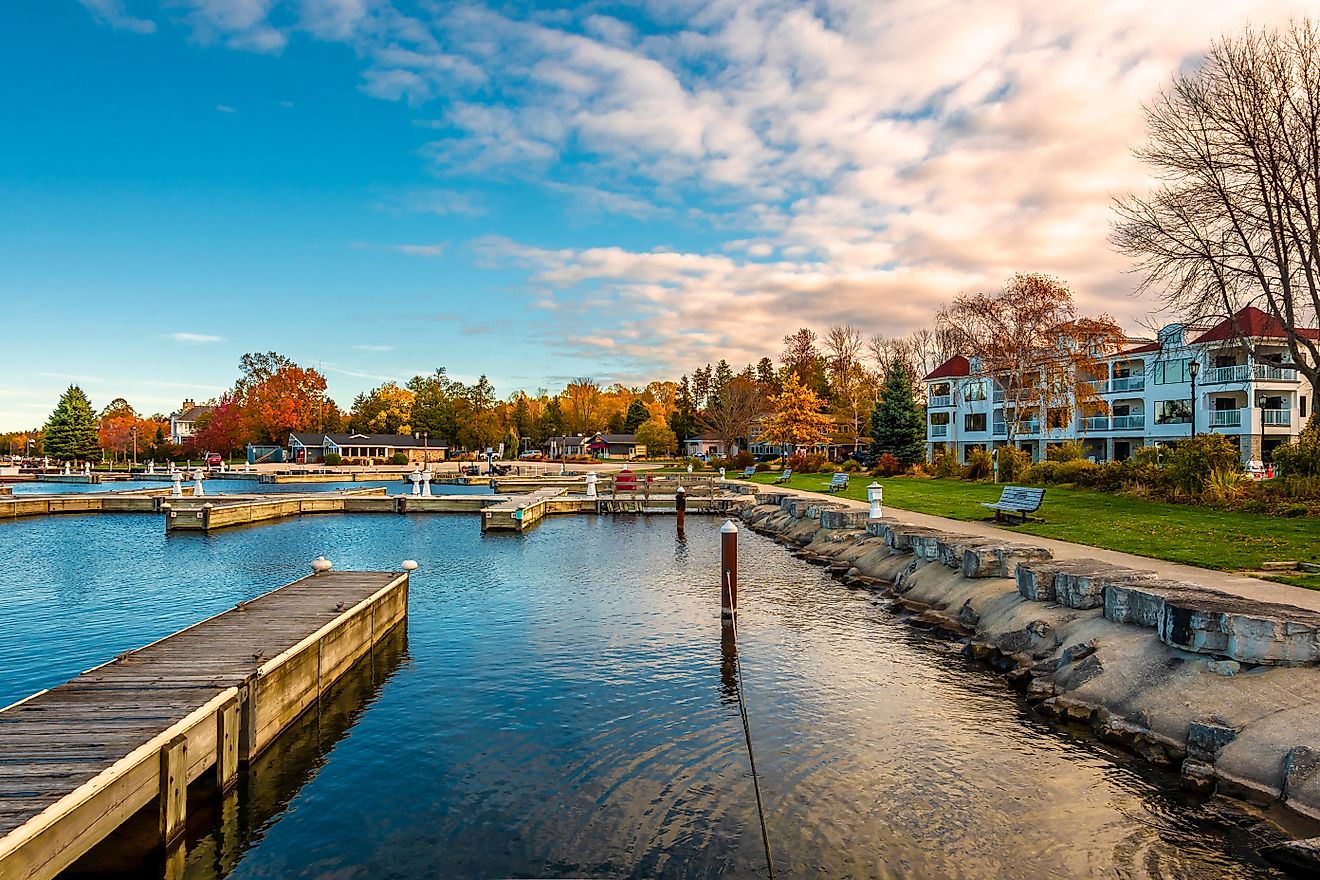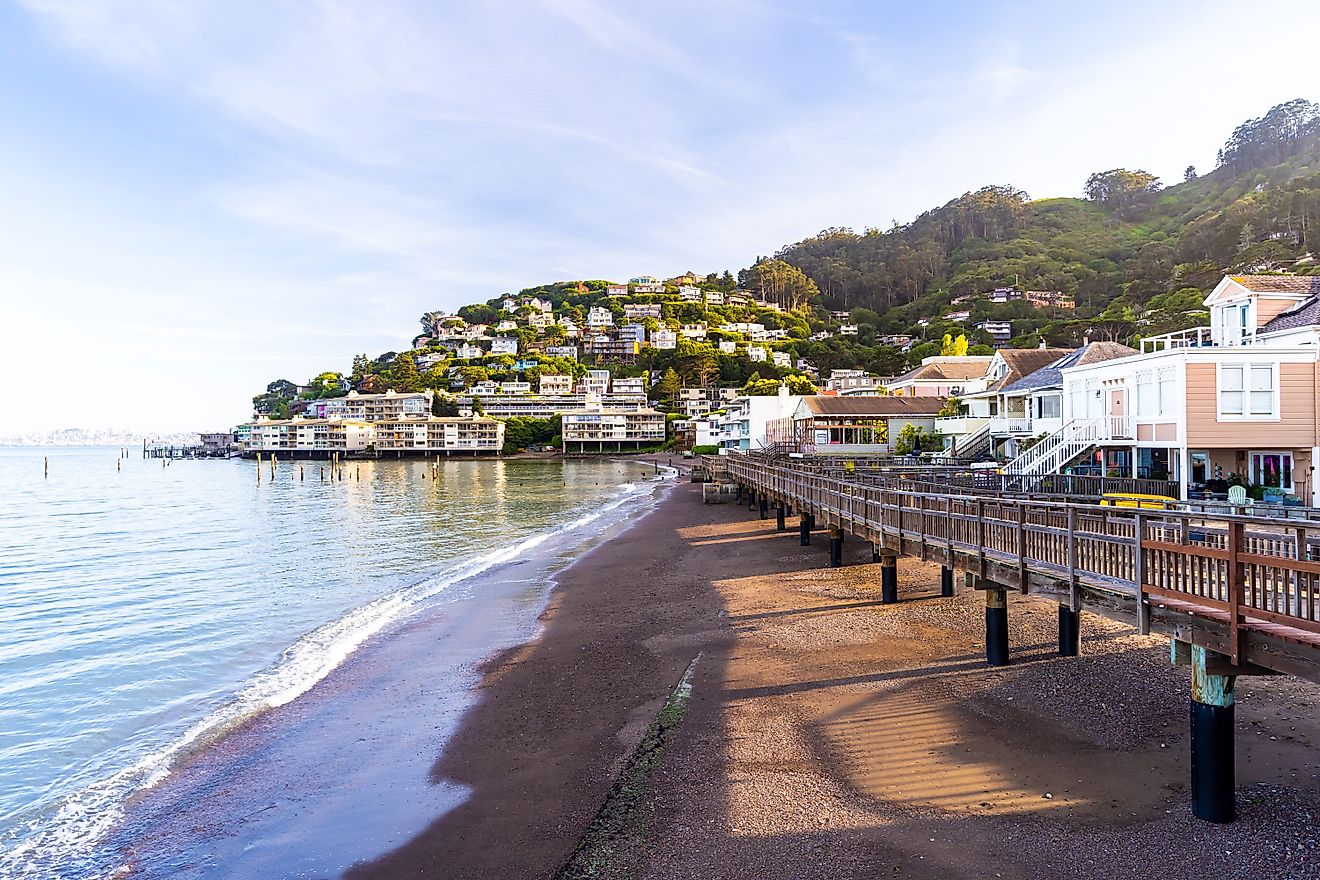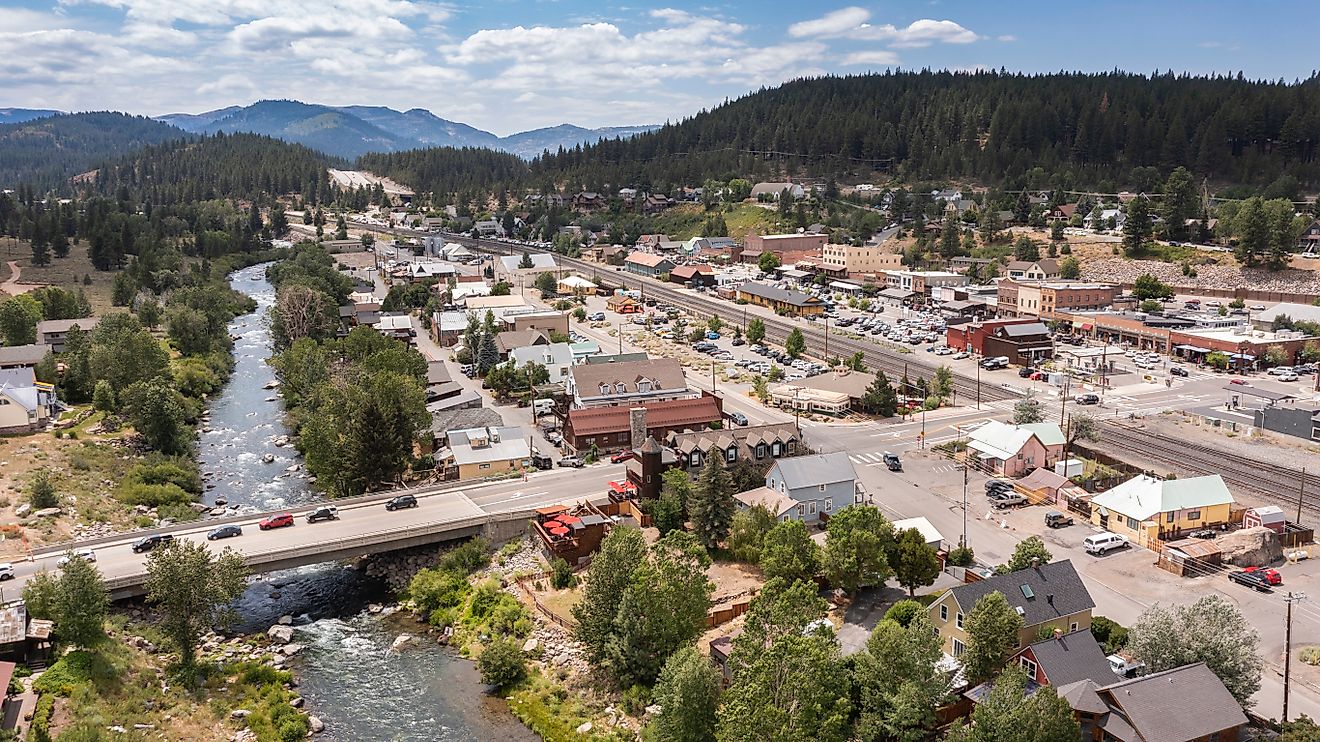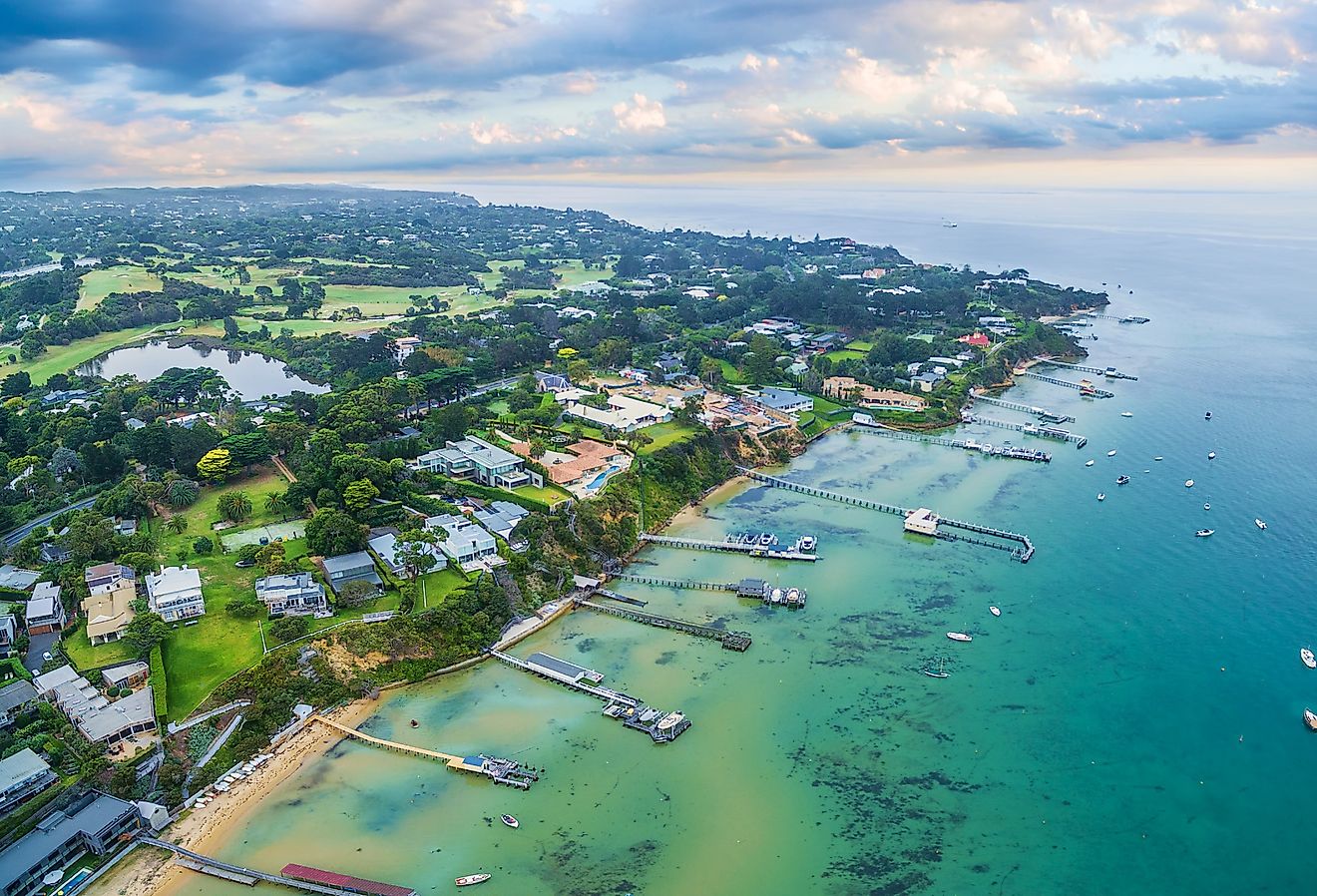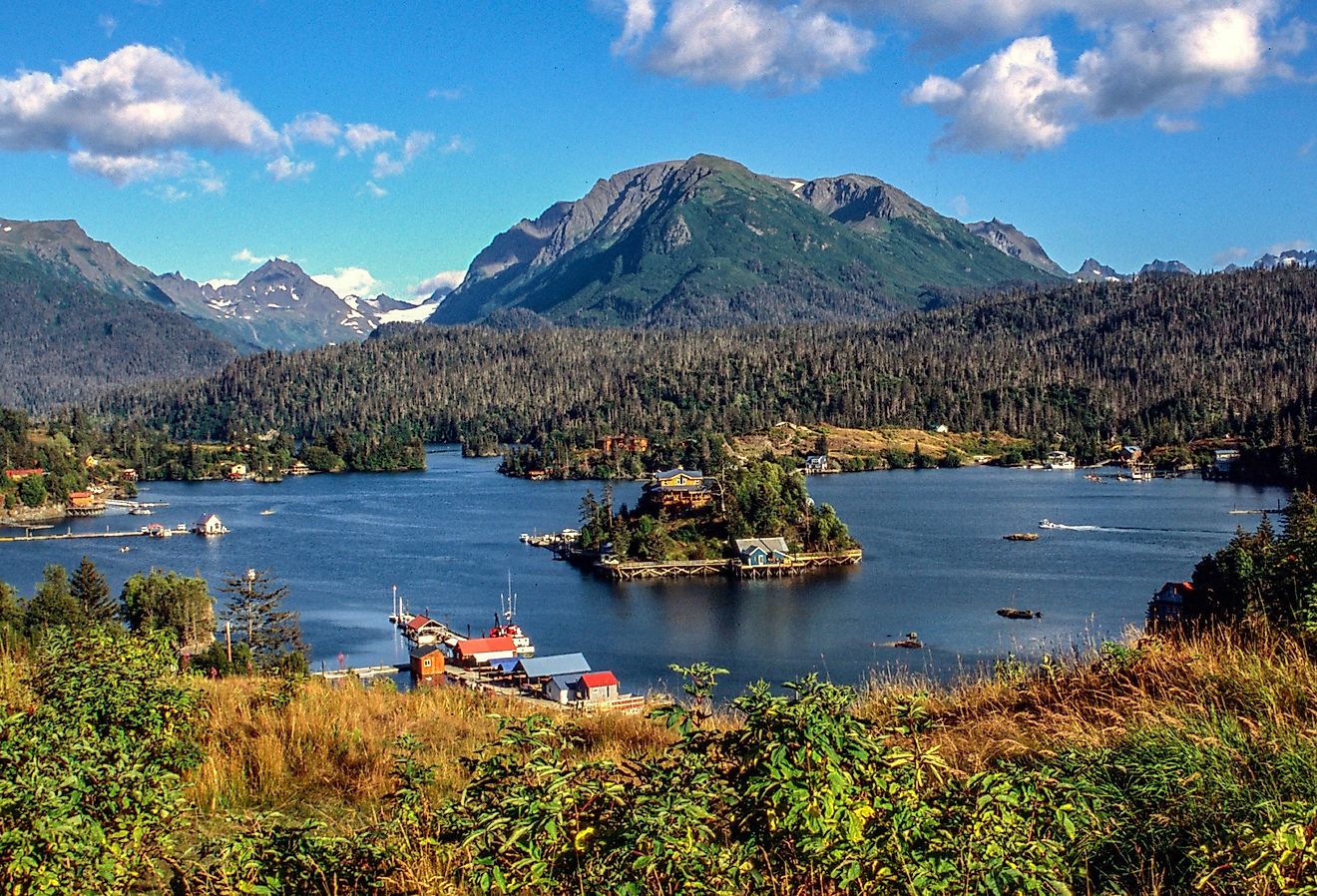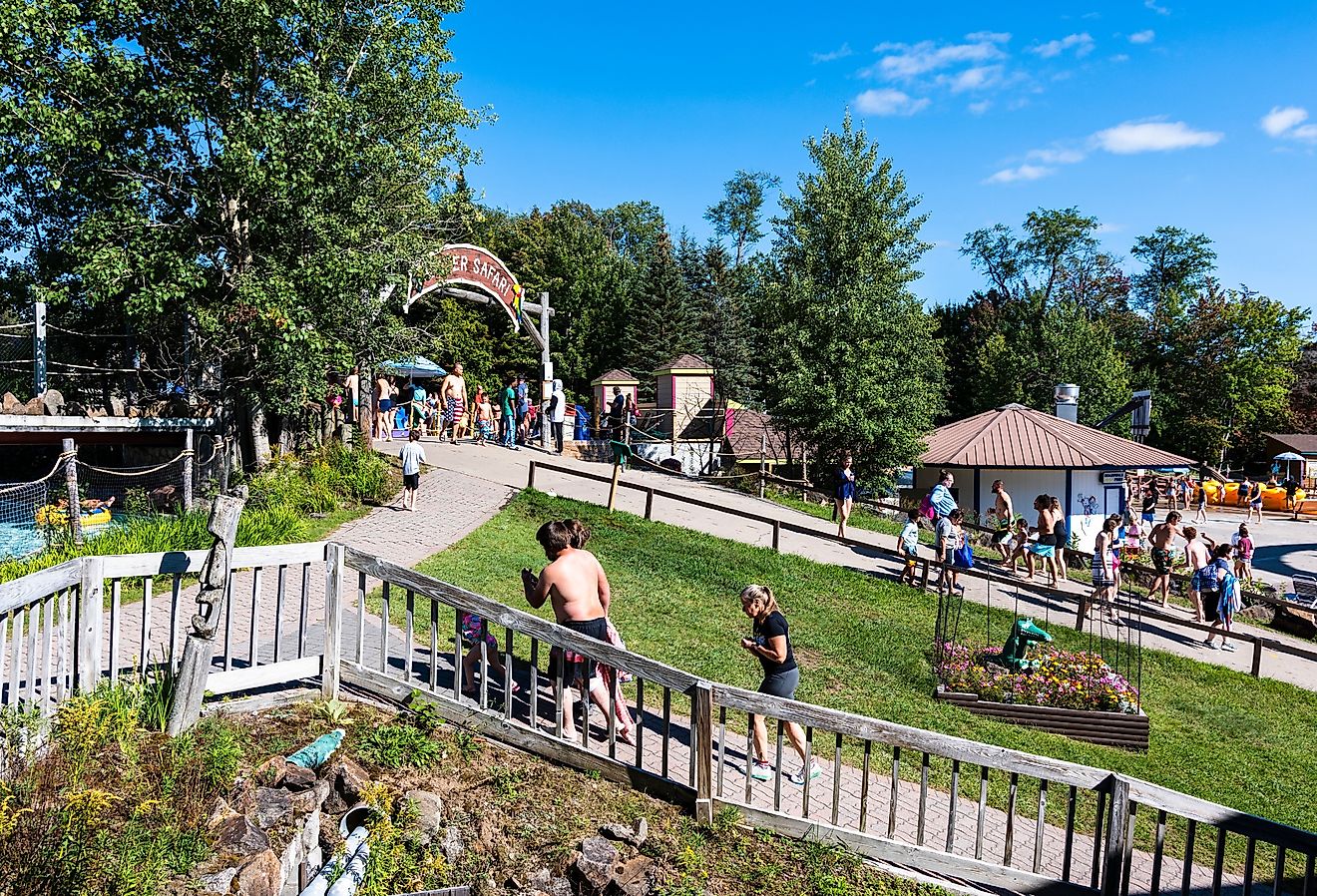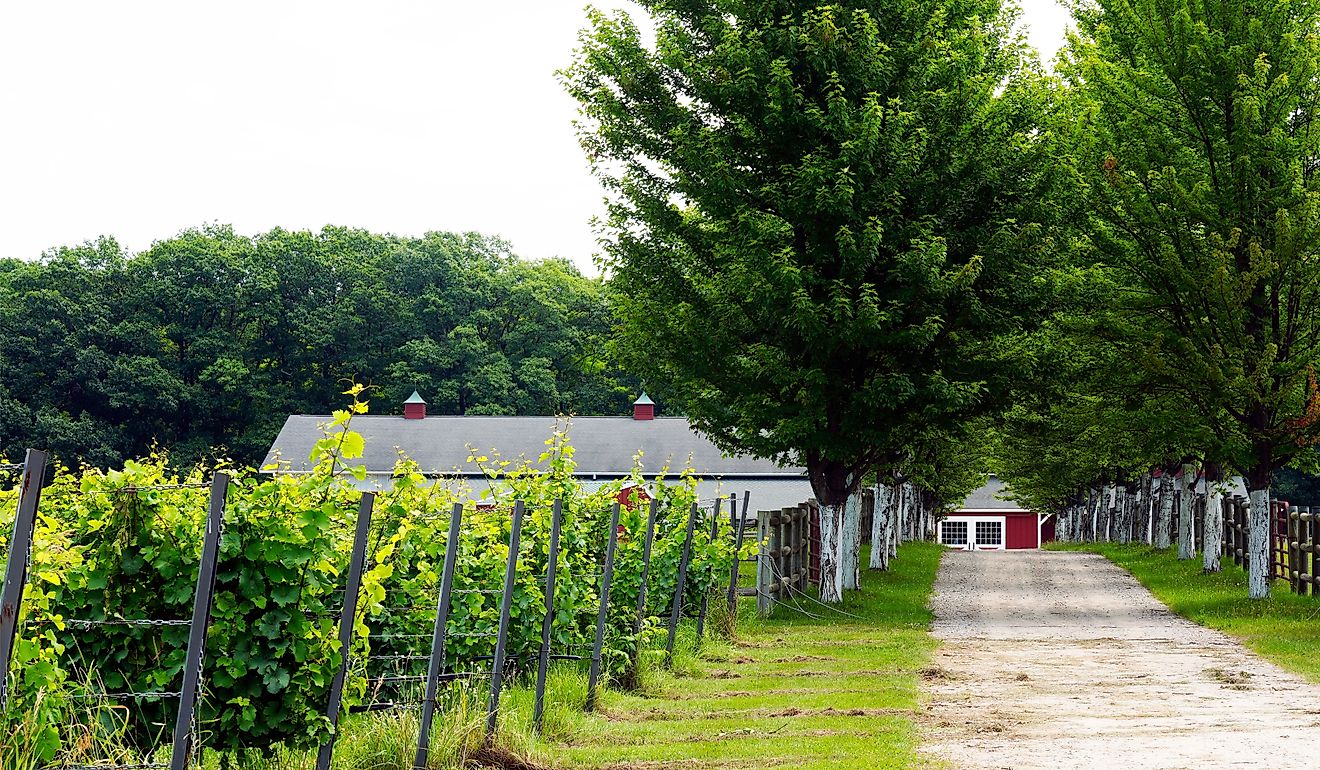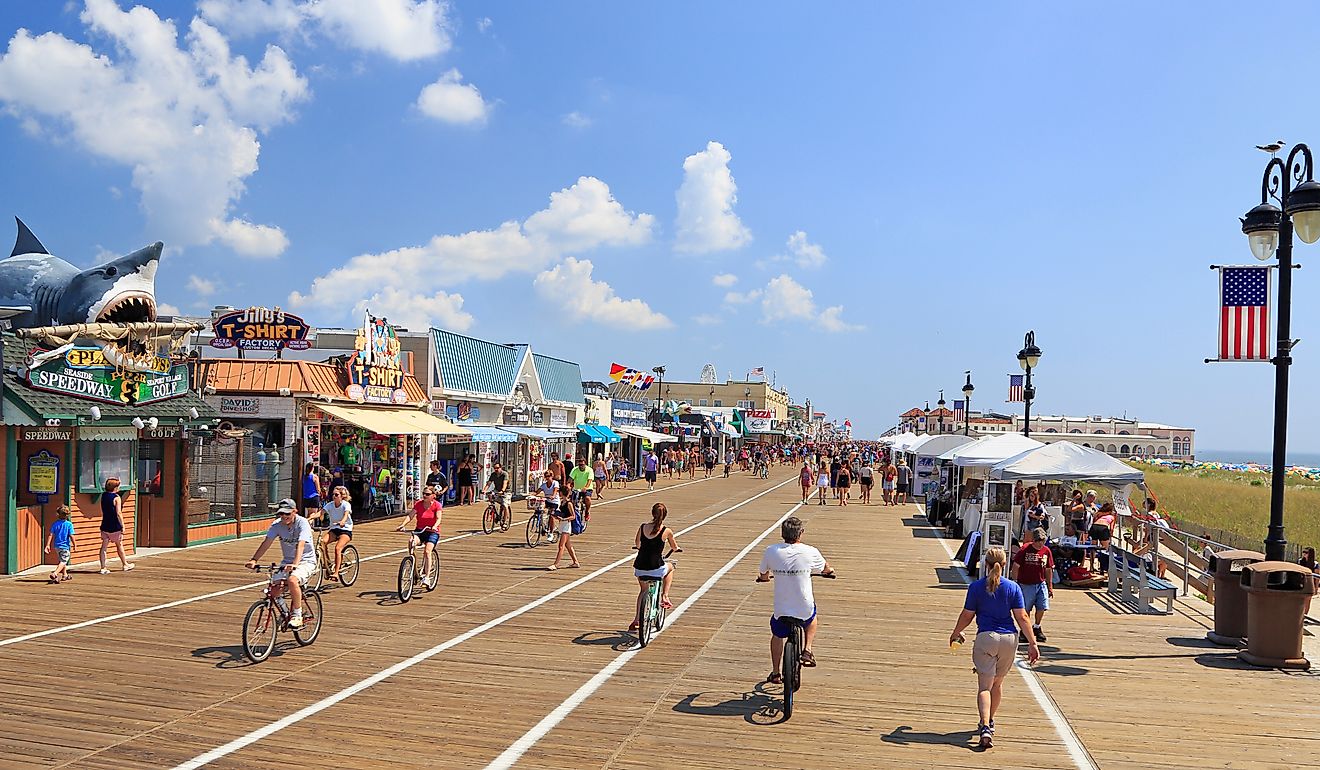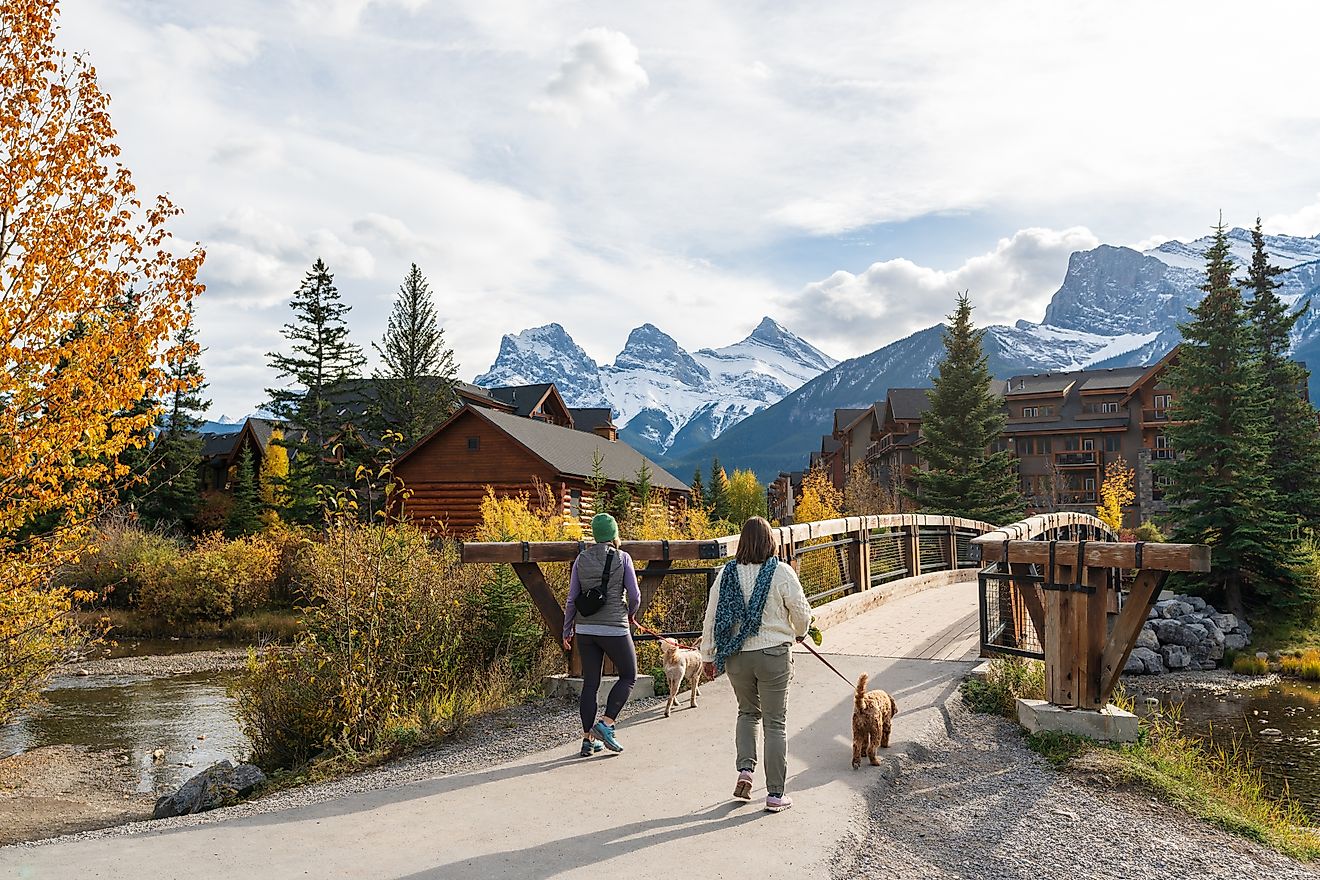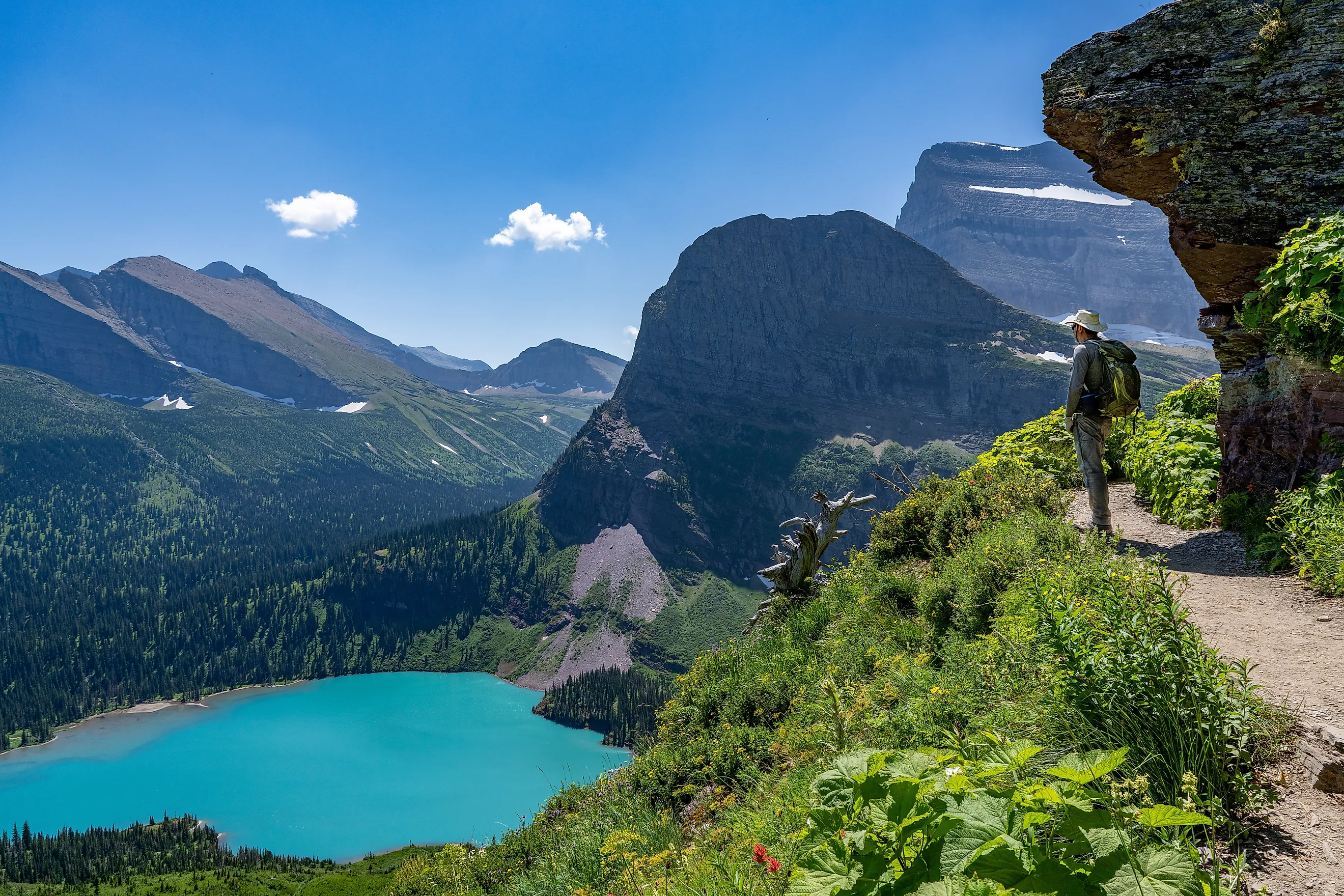
6 Best Natural Wonders To Visit In Montana This Year
Ask almost anyone to name the USA’s most untamed wilderness, and I’d bet my bottom dollar they’d say it’s Montana. And little wonder. One of North America's top travel destinations, the “Big Sky” state features everything from prairie grasslands to 12,000-foot-tall mountains, creating diverse ecosystems that are home to grizzly bears, wolves, and mountain goats. For nature enthusiasts and outdoor adventurers, Montana is especially appealing. From multi-day backcountry expeditions to family-friendly short hikes, these six natural wonders present an ideal excuse to visit Montana this year.
Glacier National Park
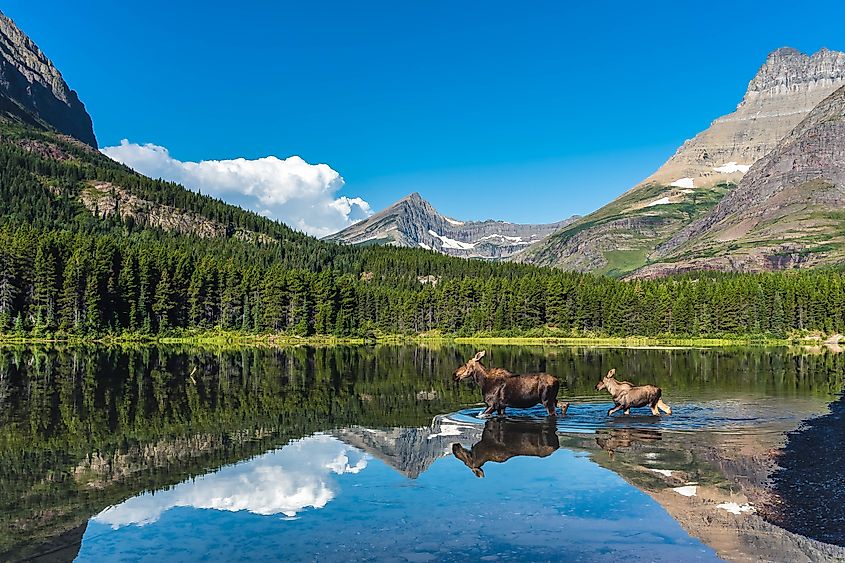
Glacier National Park covers a vast area of over a million acres of Rocky Mountain wilderness along Montana's border with Canada. For nature enthusiasts, it’s a smorgasbord of natural wonders, including 26 active glaciers, 762 lakes, and 175 mountains. It’s also easy to spot evidence of the park’s age thanks to the Lewis Overthrust Fault. With their distinctive red, green, and tan rock strata, these ancient mountain layers, one of Montana’s most remarkable natural wonders, are visible throughout the park.
In addition to the scenic Going-to-the-Sun Road, a 50-mile drive that takes around two hours to complete, there are over 730 miles of maintained hiking trails to explore, too. The 5.5-mile Grinnell Glacier Trail is one of the best and leads to one of the park's most accessible glaciers, passing through habitats that support bighorn sheep, black bears, and the occasional grizzly.
Best Time to Visit: July through September is a good time for full road access and optimal hiking conditions. Peak wildflower blooms occur mid-July through early August at higher elevations.
Yellowstone National Park’s Montana Section

Although most of it is located in Wyoming, a large 260 square mile section of Yellowstone National Park extends into southern Montana. Encompassing the park's north and west entrances, the star attraction here is the Lamar Valley. Located entirely within Montana and known as North America's Serengeti, as it supports the continent's largest concentration of large mammals, the valley's 30-mile length hosts several wolf packs, thousands of bison, as well as vast herds of elk. Morning wildlife watching from Slough Creek or Pebble Creek regularly produces sightings of all three species, with peak activity occurring during the first two hours after sunrise.
The Gallatin Mountain Range forms the park's northwestern boundary in Montana, with Electric Peak, at 10,968 feet, dominating the skyline. Another natural wonder here is Specimen Ridge, stretching 20 miles along the park's northern boundary and home to the world's largest petrified forest. In all, 27 distinct fossil forest layers representing 50 million years of volcanic activity can be seen here, with individual petrified trees reaching heights of 40ft and preserved standing.
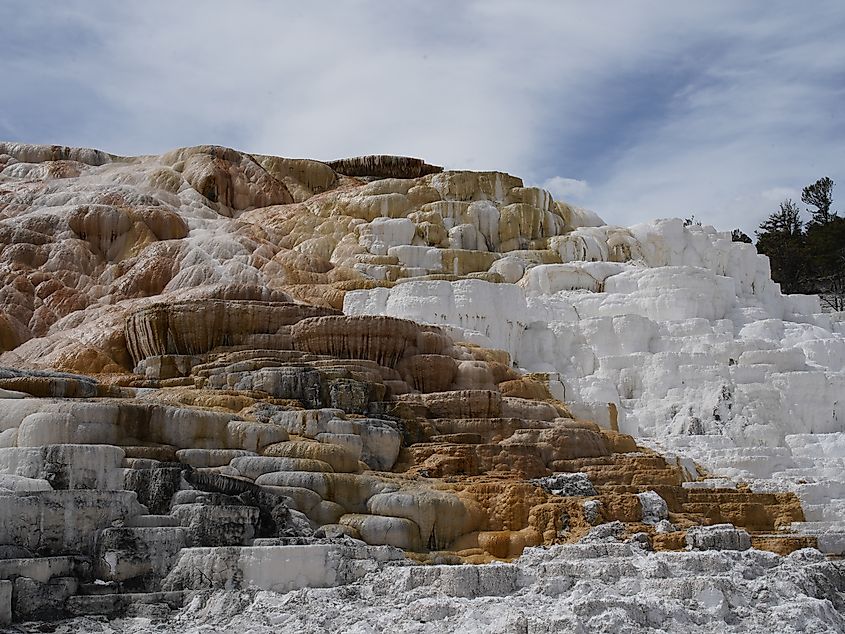
Montana's Yellowstone portion also includes Mammoth Hot Springs. Here, a remarkable two tons of calcium carbonate is deposited by thermal activity every day, creating terraces that grow at 8-12 inches annually. The Boiling River, where hot springs mix with the Gardner River, creates the only legal hot springs swimming area within the park, with water temperatures varying from 50°F in the river to 140°F at spring sources.
Best Time to Visit: May and September are optimal wildlife viewing months with fewer crowds. Winter visits from December through March offer wolf watching opportunities when packs descend to lower elevations.
Flathead Lake
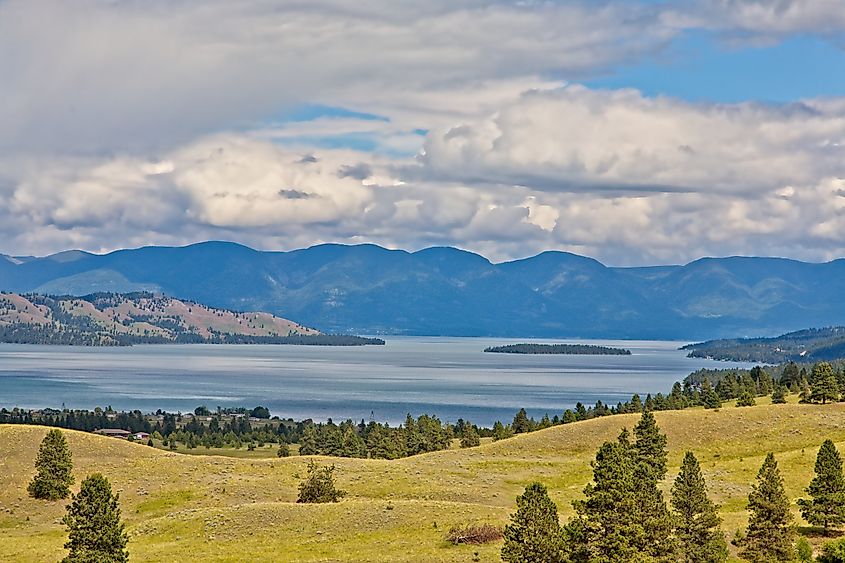
Located in northwestern Montana, Flathead Lake is 28 miles long and 15 miles wide and contains 185 square miles of crystal-clear water. Created by glacial scouring during the last ice age 13,000 years ago, it reaches depths of 370 feet in some places, making it the biggest natural freshwater lake located west of the mighty Mississippi River.
Wild Horse Island, the largest island on this beautiful lake, supports a unique ecosystem including wild horses. Its isolation has also preserved populations of bighorn sheep, mule deer, coyotes, as well as bald eagles and osprey, many of which can be seen while hiking the island's five-mile loop trail (visit during early morning hours when animals feed in open meadows). The island's ponderosa pine forests are also unique, with some trees exceeding 400 years of age.
Best Time to Visit: July through August provides the warmest water temperatures (68-70°F) suitable for swimming. October offers calm conditions and larch trees turning gold along the surrounding mountains.
Bighorn Canyon National Recreation Area
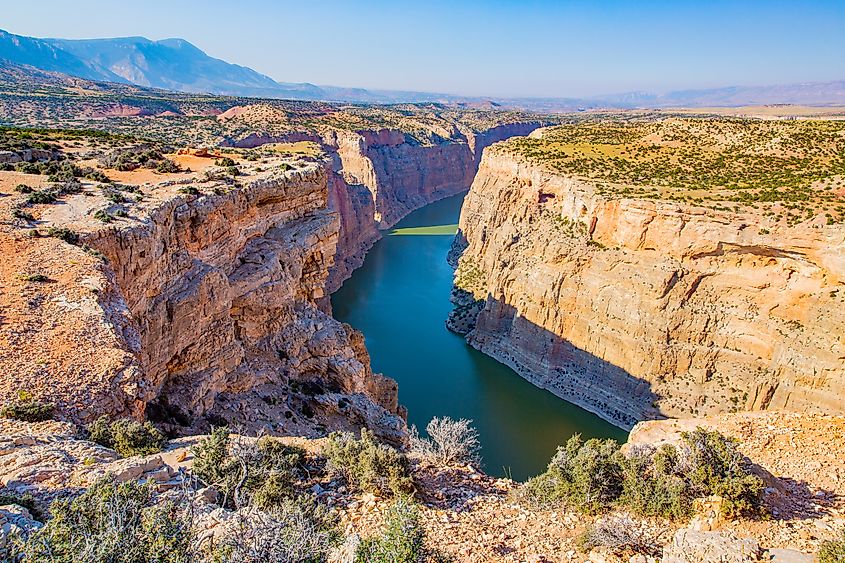
Situated where the Bighorn River cuts through 2,000-foot-deep limestone cliffs along the Montana-Wyoming border, Bighorn Canyon National Recreation Area is another must-visit natural wonder in Montana. Covering an area of 120,000 acres and formed over 70 million years as the Bighorn Mountains uplifted, this ancient river has maintained its course and, in the process, exposes rock layers dating back 500 million years. The Devil Canyon section displays the most spectacular geology, with vertical walls of Madison Limestone creating narrows only 50 feet wide at water level that extend 1,000 feet skyward.
Bighorn Lake, created by the Yellowtail Dam in 1965, extends 71 miles through the canyon and boasts an impressive 190 miles of shoreline. Up to 485 feet deep in places, it’s Montana's deepest body of water and supports larger-than-average walleye, catfish, and sauger due to an abundance of smaller forage fish. The lake's brown trout fishery produces specimens exceeding 30 pounds, with spawning runs of sauger in April attracting thousands of pelicans that congregate below the dam, creating one of Montana's largest waterbird gatherings.
Best Time to Visit: May through June is great for their wildflower displays and comfortable temperatures. September offers excellent fishing and wildlife viewing as animals prepare for winter.
Giant Springs State Park
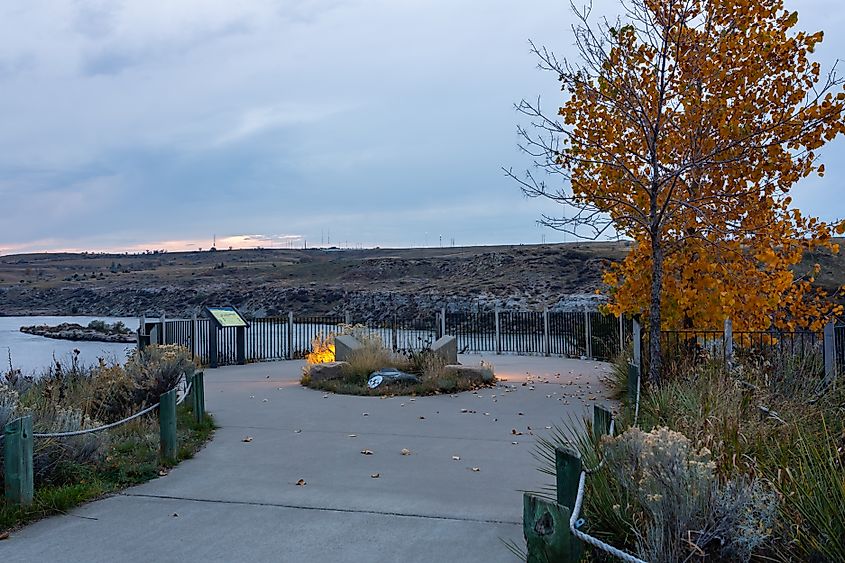
Home to one of the largest freshwater springs in North America, Giant Springs State Park discharges a whopping 156 million gallons at a constant temperature of 54°F daily. The springs emerge from the Madison Limestone aquifer after a 2,900-year underground journey beginning in the Little Belt Mountains 60 miles to the south. The main spring vent measures 40 feet across and eight feet in depth and produces sufficient water to fill an entire Olympic swimming pool every few minutes.
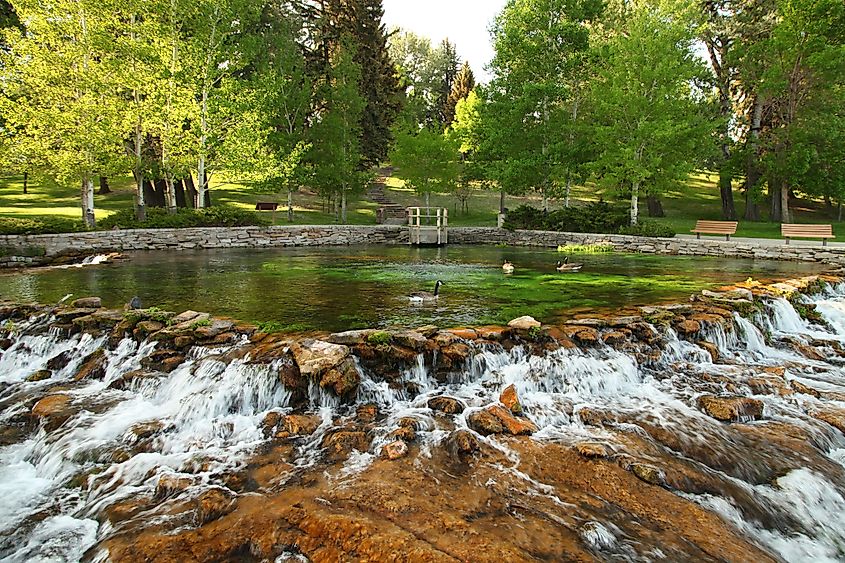
The Roe River, flowing just 201 feet from Giant Springs to the Missouri River and one of the world's shortest rivers, is known for its spawning runs of rainbow trout. The springs' stable temperature also creates ideal conditions for the park's fish hatchery, which produces millions of rainbow trout a year to stock Montana’s waters. You can observe trout at various life stages through underwater viewing windows, with daily feedings providing a memorable experience.
Best Time to Visit: Try to arrive between April through May for peak spring flows and migrating waterfowl. September provides comfortable temperatures and prairie dog colonies preparing for winter.
Lewis and Clark Caverns State Park
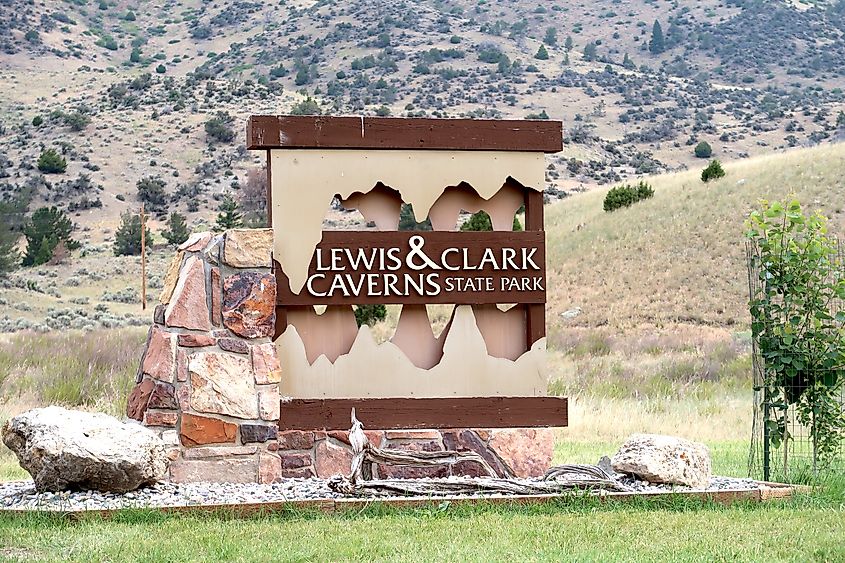
Protecting Montana's most extensive limestone cave system, Lewis and Clark Caverns State Park features over three miles of surveyed passages within Jefferson Hill's 300-million-year-old Madison Limestone formation. Formed over two million years, caverns here reach heights of 60 feet and are decorated with formations growing at a modest one cubic inch per century. The cave system maintains a constant temperature of 48°F with high humidity levels, helping preserve delicate formations, including six-foot soda straws with their paper-thin walls.
Book one of the attraction’s Paradise Tours for a manageable 90-minute underground adventure. Perfect for families, you’ll see rare helictites that grow horizontally and upward in defiance of gravity, as well as cool “cave bacon” formations with their alternating bands of brown and white minerals. The deepest accessible point reaches 325 feet below the entrance with mesmerizing reflective pools of water.
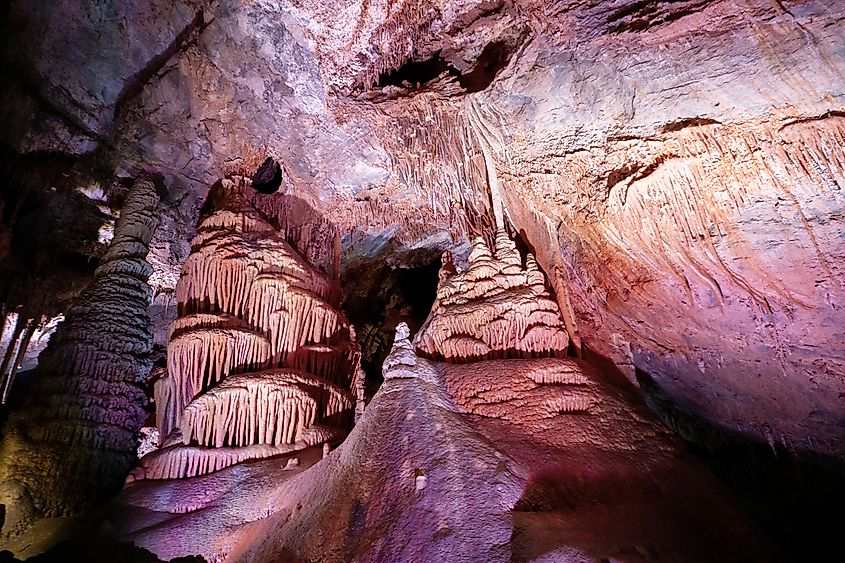
Thirteen different bat species make their home in the caves, including Townsend's big-eared bats that form maternity colonies of 30-50 females each summer. Nighttime feedings are an unforgettable experience, so try to time your arrival for at least 30 minutes after sunset to witness this amazing spectacle.
Best Time to Visit: June through August are ideal for cave tours, while October offers spectacular autumn colors in the Jefferson River valley.
The Final Word
If you didn’t already know it, the best of Montana's natural wonders show off the “Big Sky” state’s remarkable geological diversity. From ancient limestone caverns to active glaciers and thermal springs and to deep, clear lakes, each of these destinations offers the kind of authentic outdoor experiences that’ll have you wanting to come back to Montana time and time again.

